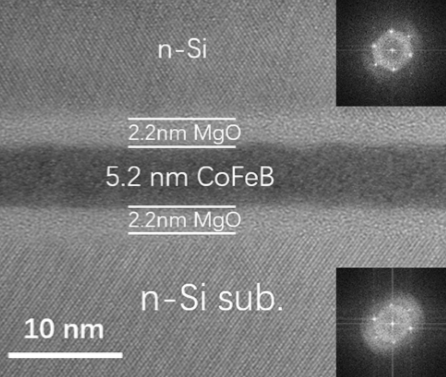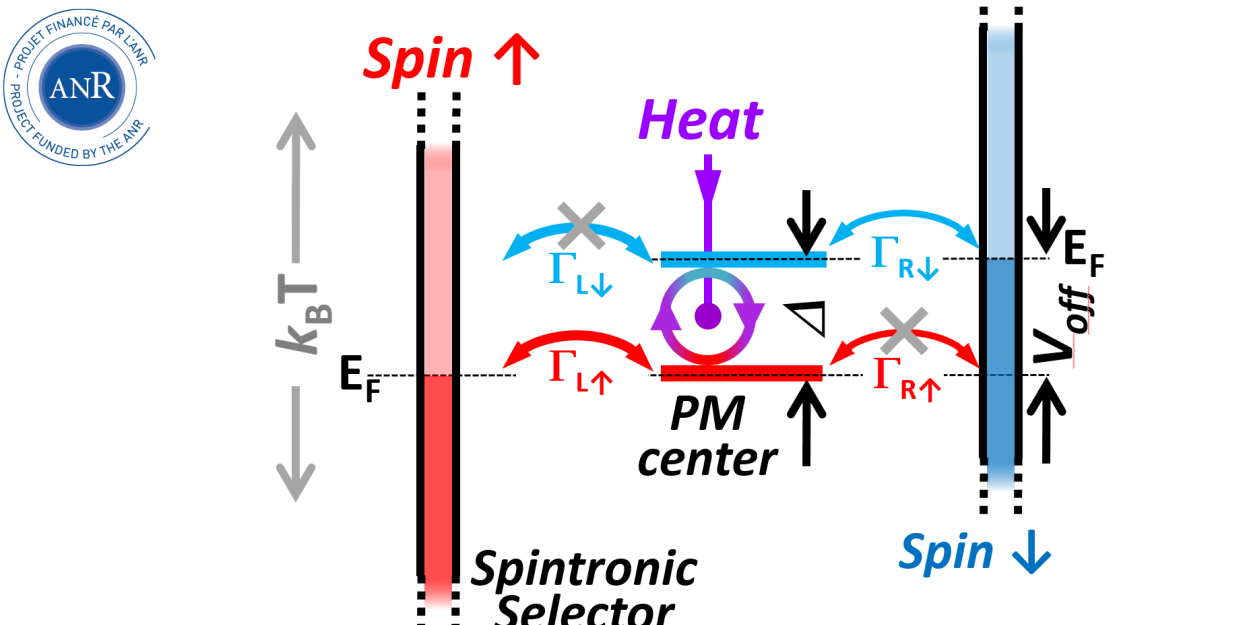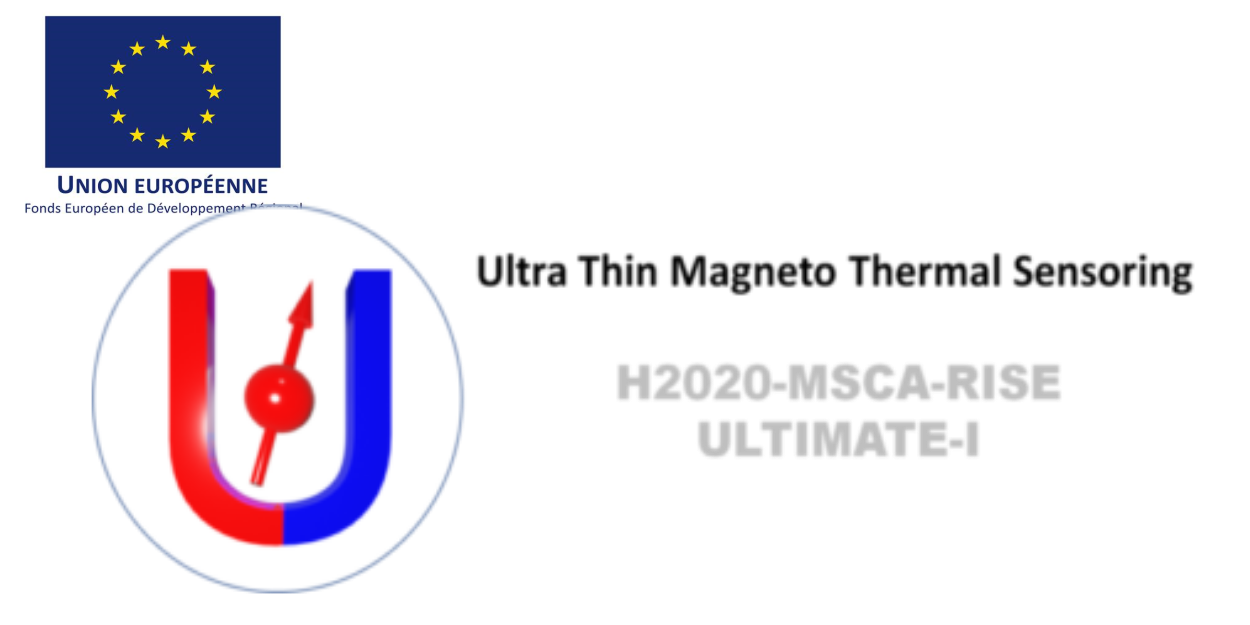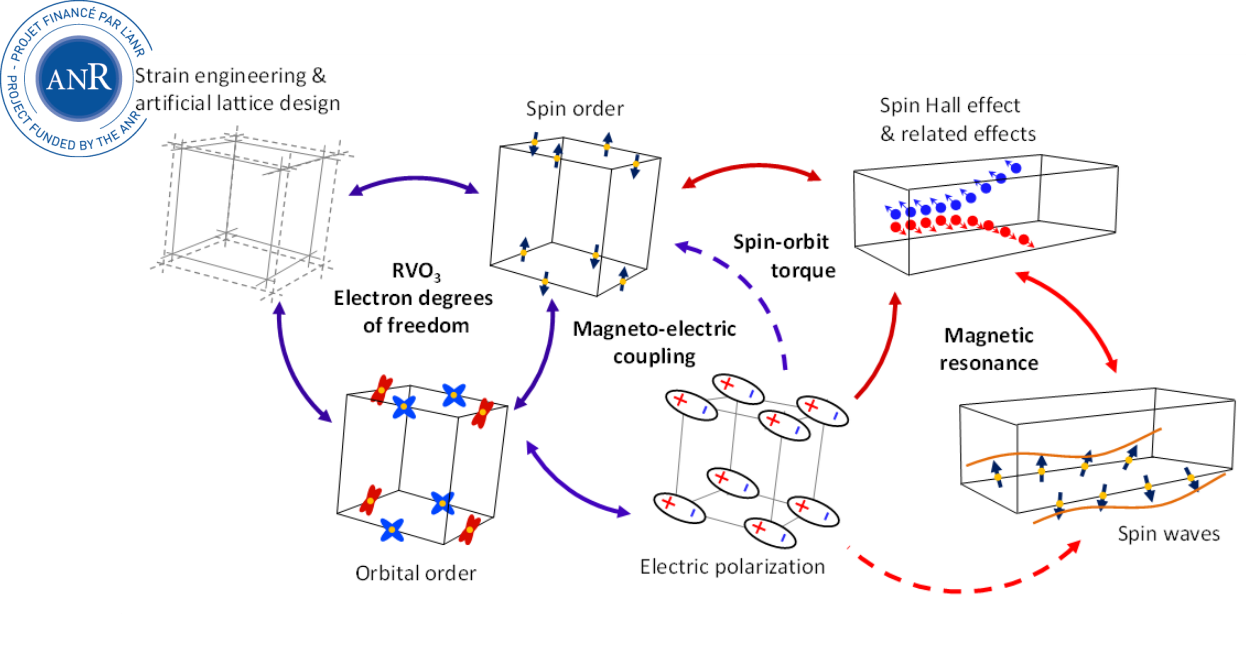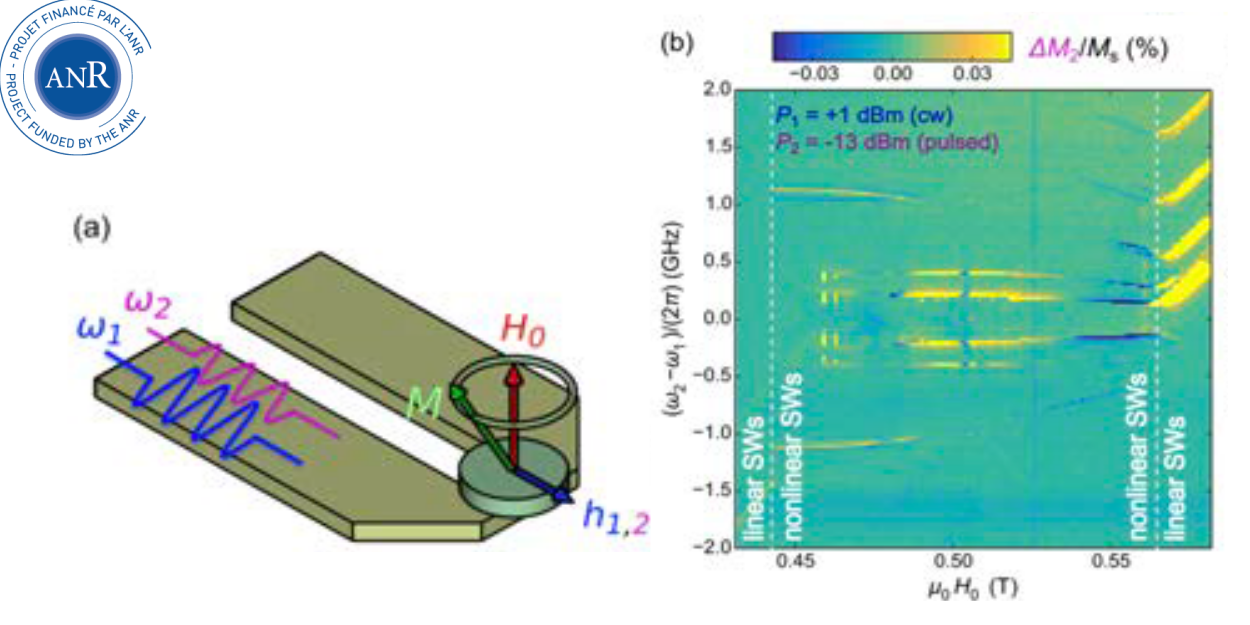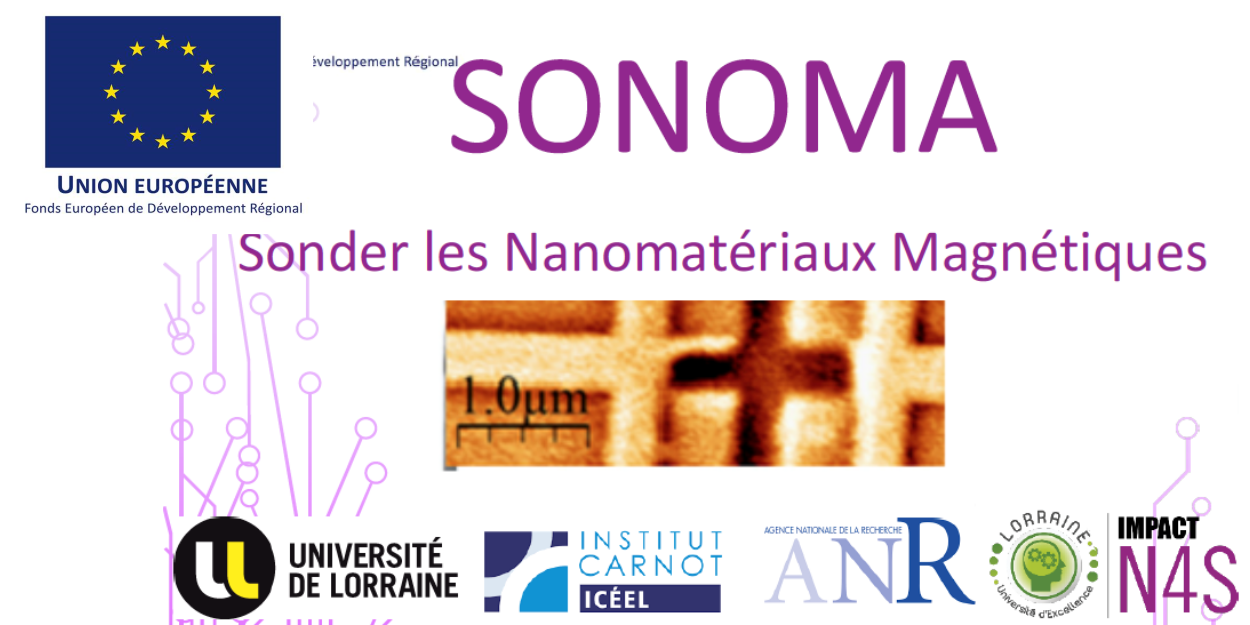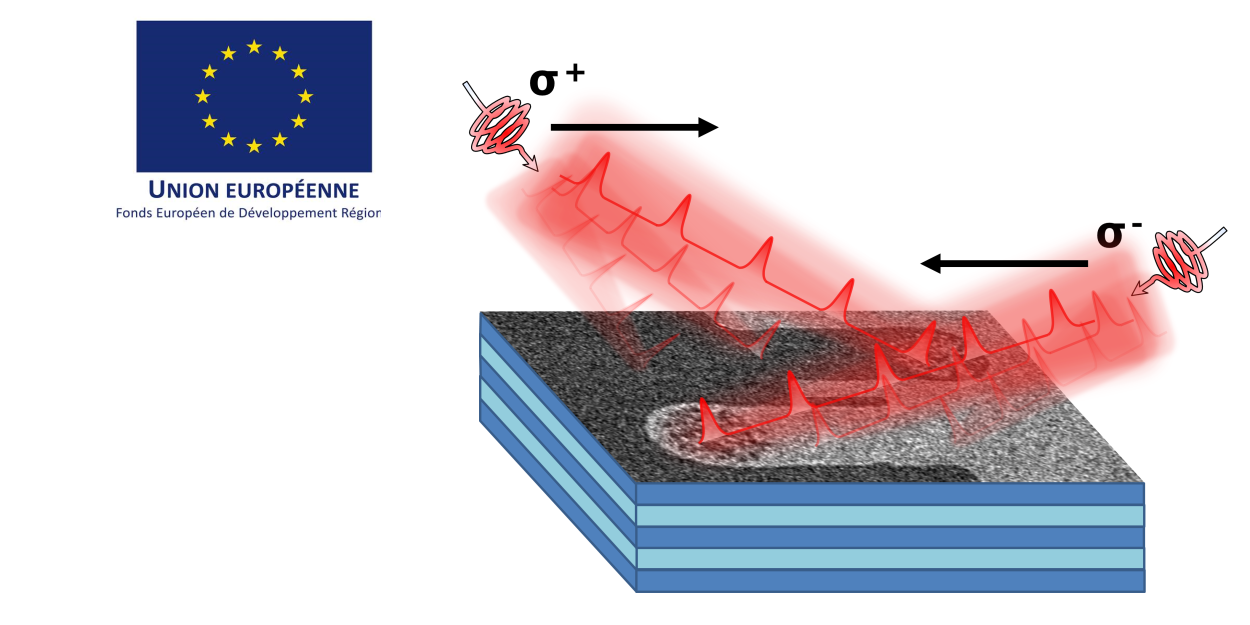Materials: Growth & Design
Overview
Nanomaterial growth and design has been the main team activity for many years. Since the 1980’s the group is well recognized for its competence in magnetic thin film and heterostructures growth under vacuum. Material science studies have helped to understand the correlation between atomic structure and magnetic and transport properties of thin films. The grown materials range from amorphous films to superlattices via epitaxial thin and ultra-thin multilayers. Thanks to several various growth techniques (Molecular Beam Epitaxy, Magnetron sputtering, Pulse laser deposition, Atomic layer Deposition) all connected on the Tube Davm it is possible to elaborate a huge variety of materials which can be characterized in situ (Magneto-optic, Photoemission spectroscopy, Scanning Tunneling Microscopy) and ex situ (X-Ray Diffraction, Transmission Electron Microscopy, FMR, SQUID, PPMS magnetic characterization ) . In the last 5 years the team has focused on epitaxial Heuslers and (Multi)functional Oxides.
Research Interests
Epitaxial Heuslers
We are growing high-crystalline-quality half-Heusler (XYZ) and full-Heusler (X2YZ) compounds for their potential application in spintronics. Some of them are fully polarized (spin gap) with ultra-low magnetic damping in the 10-4 range (we got the world record with 4. 10-4 in Co2MnSi). We also showed recently that Co2MnAlxSi1-x is a model system to analyze the link between magnetization dynamics and electronic properties. Indeed, the degree of spin polarization at the Fermi energy P was controlled from 60 to 100% together with the Gilbert damping (from 1.1 10-3 to 4. 10-4). We can establish an inverse relationship between demagnetization time and Gilbert damping.


(Multi)functional oxides
The team is particularly interested in spin-orbit-charge interactions and in the structure-properties relationship. These approaches make it possible to shape physical properties, bring out new functionalities and combine / couple several properties together in the case of multifunctional materials
(Multi)functional materials
The team possesses the know-how to integrate plural functionalities in a multilayer thin film. Integration of metallic, insulator, semi-conductor, magnetic materials with controlled orientation of the magnetization in 3 dimensions is the key to test solid state theories and develop new sensors. AMR, GMR, TMR, Tunnel junction, superconductivity, Shottky barriers can be combined in a single device thin film with metallic contacts to measure electronics properties.
